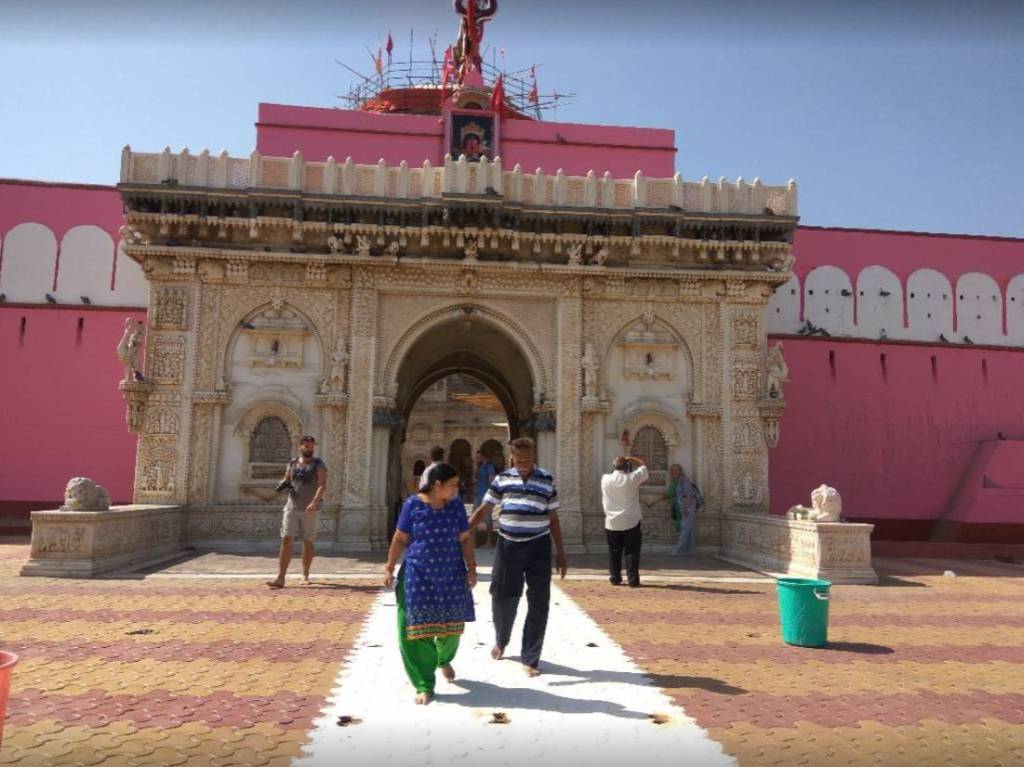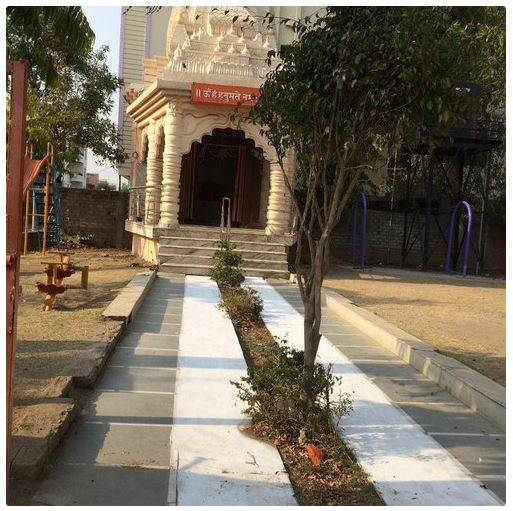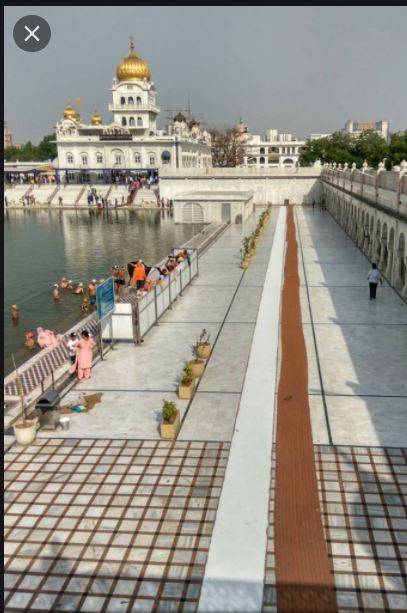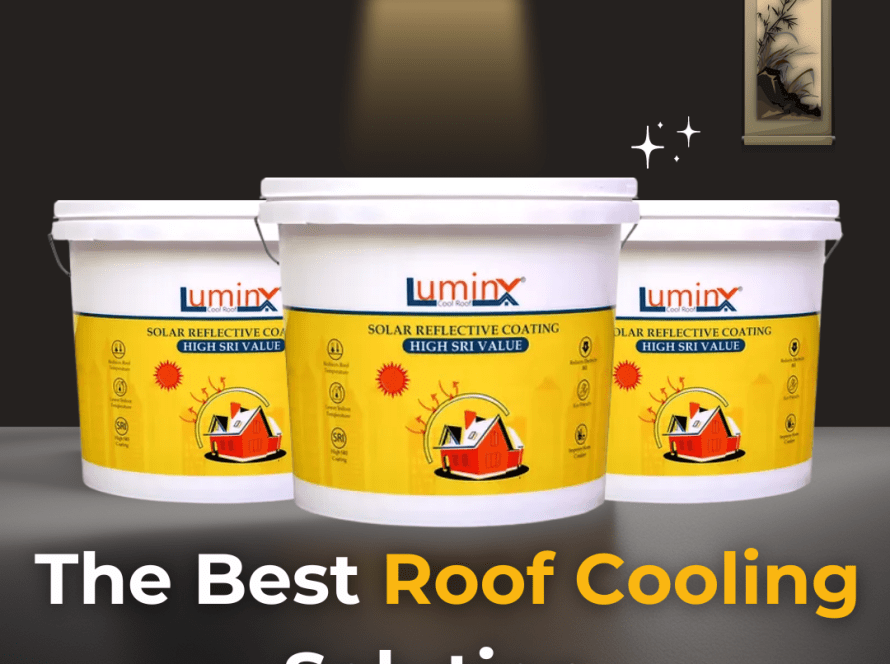Cool coatings for temples: How to keep your place of worship comfortable and energy efficient
Temples are not only a place of worship but also an important cultural and historical landmark for many communities. However, these buildings can also be prone to high temperatures and energy costs, especially during the summer months.
One solution to this problem is the use of cool coatings. Cool coatings are a type of reflective insulation that is applied to the exterior of a building to reduce the amount of heat absorbed by the building. These coatings can help to lower cooling costs and improve energy efficiency.
There are several types of cool coatings available, including acrylics, silicones, fluoropolymers, and polyurethanes. Each of these types of coatings has its own set of benefits and drawbacks, so it is important to consult with a professional to determine the best option for your temple.
Acrylics and silicones are a popular choice for cool coatings due to their low cost and easy application. These coatings can last for up to 5-7 years, but they may not be as durable as other options. Fluoropolymers and polyurethanes, on the other hand, are more expensive but can last for up to 10-15 years.
The application of cool coatings is not only limited to the roof, but it can be applied to walls as well. This is especially useful for temples that have large walls facing the sun. Applying cool coatings to these walls can help to lower indoor temperatures and reduce the load on air conditioning systems.
In addition to lowering cooling costs and improving energy efficiency, cool coatings can also help to extend the lifespan of your temple’s roof and walls. The high heat absorption can lead to deterioration of roof and walls over time, so reducing the amount of heat absorbed by the building can help to extend its lifespan.
Cool coatings can also help to reduce the risk of fire or explosion for temples storing flammable or combustible materials. This is an important safety consideration for any building, but especially for places of worship.
In conclusion, cool coatings are an effective solution for reducing energy costs and improving energy efficiency in temples. They can help to lower indoor temperatures, extend the lifespan of the building, and improve safety. Consult with a professional to determine the best option for your temple and schedule regular maintenance to ensure that the cool coating is still in good condition and providing the expected benefits. For Walking – LuminX – Cool coating for Floor Applying a cool coating to the floor can be an effective solution for reducing heat absorption and making it more comfortable to walk on a hot sunny day. Cool coatings for floors typically have a high solar reflectance (the ability to reflect the sun’s rays) and a high thermal emittance (the ability to release absorbed heat).
There are several types of cool coatings available for floors, such as:
- Epoxy coatings with high solar reflectance properties
- Acrylic coatings with high thermal emittance properties
- Ceramic coatings that reflect heat and UV rays
- Polyurethane coatings that provide insulation and heat reflection
These coatings can be applied to a variety of flooring materials, such as concrete, tile, and wood. They can also be used for outdoor surfaces, such as walkways, patios, and decks.
The benefits of cool coatings for floors include:
- Reducing the surface temperature of the floor, making it more comfortable to walk on in hot weather
- Lowering the overall temperature of the building and reducing the load on cooling systems
- Improving energy efficiency and reducing energy costs
- Increasing the lifespan of the flooring material
- Improving safety by reducing the risk of slips and falls on hot surfaces
It is important to note that the lifespan of a cool coating for floors varies depending on the type of coating and the usage conditions, regular maintenance and inspections are recommended.
It is also recommended to consult with a professional contractor or the coating manufacturer to determine the best solution for your specific needs and usage conditions, and to ensure proper installation and maintenance.










